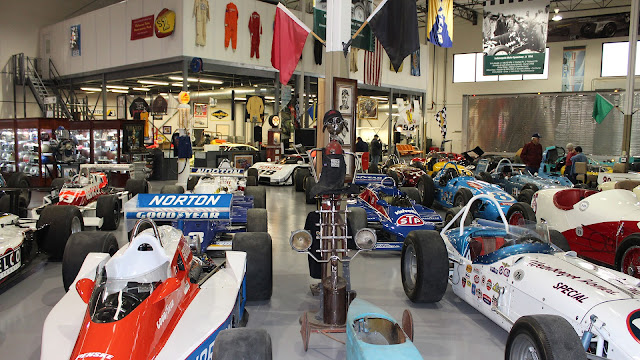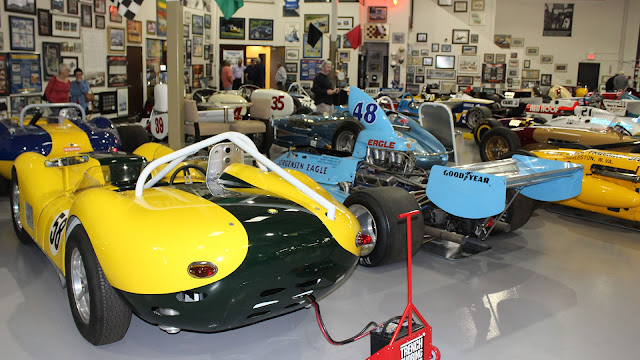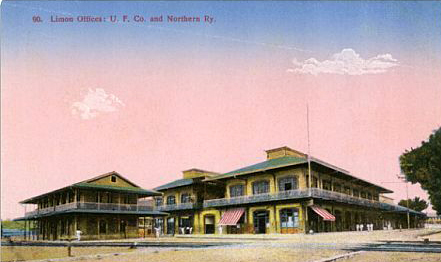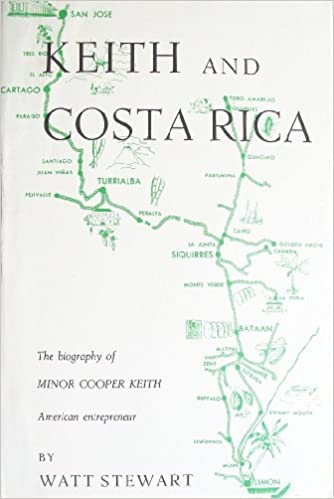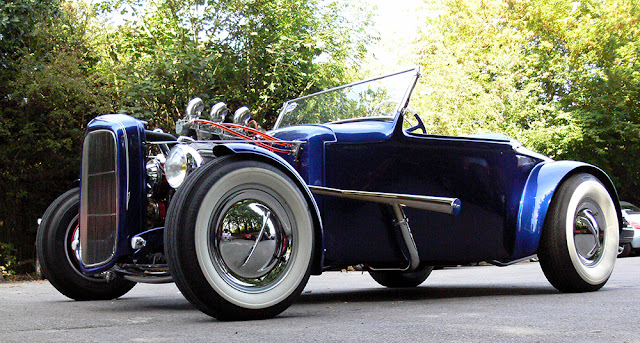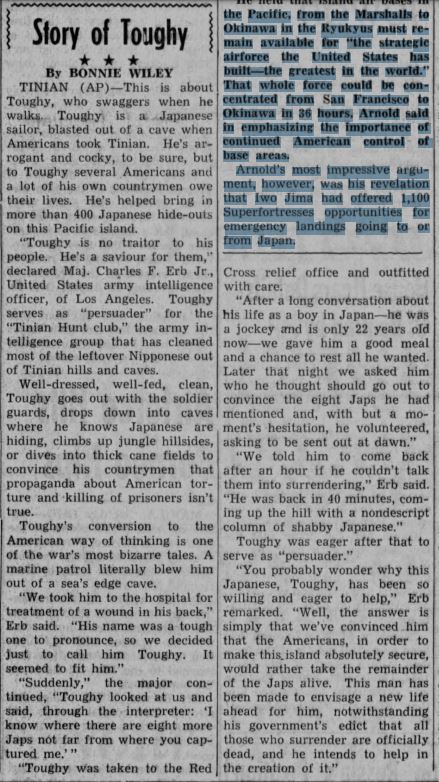https://www.facebook.com/minascorte244/photos/248383173316109
Saturday, October 23, 2021
what is the damn hurry to test your brakes, traction, or reflexes? None of them are good enough
https://www.facebook.com/minascorte244/photos/248383173316109
Tom Malloy's collection is one of the most impressive private collections of Indycars in the world. I'm guessing few people have ever heard of it or been invited to one of his open house events.... Thanks Warren S! ( for telling me about it, no, I didn't get an invite)
let your daughters know of the Women's Sports Foundation "Project Podium" grant. Founded in 1974 by Billie Jean King, the organization is dedicated to creating leaders by providing girls access to sports and fitness.
It's a big deal and receives grants from Mazda, Newman's Own, Toyota, Rolex, Volkswagen, IMSA, NHRA, and IndyCar. Project Podium is the natural progression to further assist talented women in motorsports
Sure you've heard of the Mini Cooper, but did you hear of Minor Cooper? He basically started the Chiquita banana company by building a railroad in Costa Rica
The construction of that railroad proved extraordinarily challenging due to inadequate financing, compounded by the rugged terrain, thick jungle, torrential rains, and prevalence of malaria, yellow fever, dysentery, and other tropical diseases. As many as four thousand people, including Keith's three brothers, died during the construction of the first 25 miles of track, mostly from malaria.
By 1882, the Costa Rican government had defaulted on its payments to Keith and could no longer meet its obligations to the London banks from which it had borrowed to pay for the railroad. Keith managed to raise £1.2 million himself from the banks and from private investors. He also negotiated a substantial reduction of the interest on the money previously lent to Costa Rica, from 7% to 2.5%. In exchange, the government of President Próspero Fernández Oreamuno gave Keith 800,000 acres (324,000 hectares) of tax-free land along the railroad, plus a 99-year lease on the operation of the train route.
Keith then partnered with M. T. Snyder to establish banana plantations in Panama and in Colombia's Magdalena Department. He eventually came to dominate the banana trade in Central America and Colombia.
Keith was a trustee of the foundation that managed George Gustav Heye's collection of Native American artifacts and he bequeathed his own ancient Native American gold to the American Museum of Natural History in New York City.
The Brooklyn Museum is preparing to return about 4,500 pre-Columbian artifacts taken from Costa Rica roughly a century ago.
Costa Rica had made no claim to the objects, which were exported in the late 19th and early 20th centuries by Minor C. Keith, a railroad magnate and a founder of the United Fruit Company. And there were none of the conflicts, legal threats or philosophical debates that sometimes accompany arguments between museums and countries that claim ownership of antiquities in their collections.
Instead, the museum simply decided that its closets were too full, overstuffed with items acquired during an era when it aimed to become the biggest museum in the world. So it offered the pieces to the National Museum of Costa Rica, which accepted but has yet to raise the $59,000 needed to pack and ship the first batch.
The objects that the Brooklyn Museum plans to let go are primarily made of ceramic and stone; they include bowls and other vessels, figurines, benches and ceremonial metates, or grinding stones. They are among 16,000 artifacts, some made of gold and jade, that Keith and his workers found on his Costa Rican banana plantations.
The museum acquired the Keith collection in 1934, five years after Keith’s death. Keith, who was born in Brooklyn, had gone to Costa Rica in 1871, at 23, to join his brother in building a railroad from San José to the Caribbean Sea. During the project’s construction — which took two decades — Keith also established himself as one of the biggest growers and exporters of bananas in Central America. It was on one of his Costa Rican plantations, called Las Mercedes, that his workers first came across pre-Columbian gold ornaments, spurring the start of his collecting.
Ms. Quirós said there were no legal issues surrounding the Brooklyn Museum’s ownership of the objects, since they left the country before a 1938 Costa Rican law restricting export of archaeological artifacts.
https://en.wikipedia.org/wiki/Minor_Cooper_Keith
https://www.npr.org/transcripts/794302086
https://www.nytimes.com/2011/01/01/arts/design/01costa.html
https://www.library.hbs.edu/hc/pc/large/united-fruit.html
https://www.prints-online.com/limon-costa-rica-united-fruit-company-offices-11553386.html#modalClose
http://costaricarailroad.blogspot.com/2008/10/chronology-of-railroad-in-costa-rica.html
Why don't semis have a set of boards that would be used to get the truck tires a couple inches higher, by backing up onto them, so that the trucks can get free of a high center problem on railroad tracks?
something similar to traction boards used to get out of loose sand or snow
Andrew Grigg, a historical railroad enthusiast, has been building an interactive map of abandoned railroads
Clicking on the lines on his map (after the link, not on these images) brings up details, including the towns they connected. Some of the towns have sparse backstories, and have left few visual traces. The map also notes a handful of ghost towns, including some that have are now underwater, drowned by dammed rivers or mining activity.
To uncover abandoned lines, Grigg consults a visual atlas of historic aerial images that spans decades, draws from railfan brain trusts, and tracks down leads that surface in Facebook groups. A scant handful of state transportation departments, including Iowa’s, maintain lists, too. If more states did this, Grigg says, his project would be a bit of a lighter lift.
Ohio's new license plate design passed through a lot of approvals and reviews, but no one was smart enough to know the critical fact about the very aircraft they were purporting to be proud of as a state, that the design of the Wright Brothers craft LOOKS opposite modern planes, and the banner on their license plate isn't trailing the aircraft
Just exactly uneducated, but proud, can the bureaucrats be, when they know nothing of the Wright Brothers aircraft design?
(Bragging moment, I found out when working through my family tree, that I'm distantly related to the Wright family )
The mistake has also reignited one of America's longest running debates: Who can claim credit for the Wright brothers' first flight?
Ohio and North Carolina have long been at odds over which state gets to lay claim on the brothers' achievement. Ohio claims that, as the pair originally hailed from the state and the plane they completed their 39-second flight in was built in Dayton, it should get the credit
But the flight itself actually took place at Kitty Hawk in North Carolina, And the North Carolinian newspaper, the Charlotte Observer, joked: "Let's talk about which state Kitty Hawk is in."
https://www.bbc.com/news/world-us-canada-59008039
for historical accuracy, Ohio is fraudulently self promoting a lie. The wright Brothers were years behind the accomplishments of Gustave Whitehead in Ct, who accomplished flight 2 years prior, but didn't have friends in high places, and a deal worked out with the Smithsonian. Frankly, they were geniuses at self promotion too.
https://justacarguy.blogspot.com/2018/03/the-wright-brothers-had-really-good.html
Thanks Gary!
before, and after, the restoration
too much good stuff to not share this, mostly for the bikes, skate boards etc, but the gymnasts are incredible too, so, enjoy
Friday, October 22, 2021
skip the first 30 seconds, then after the video, I think you'll be planning a vacation with one of these Jetson Personal eVTOL (let me borrow it when you have to go back to work) if you have a spare $100,000 and the tools to complete the build. They aren't sold turn key... Thanks Marc B!
looks to me like this will get you up the mountain, over the river, into the lakes out in the forest, along the beach, just everywhere that the govt won't shoot you down for straying into.... you know? I bet this is batter powered and short distance, though, I expect they can build one a bit bigger with a gen set onboard for longer distances
And if you agree that is cool, then check out https://ampervadasz.tumblr.com/post/665735722637148160 and of course, skip the first 35 seconds. As always, people who do cool stuff, can't edit for shit
Marc B sent me the link and info, they are already sold out for 2022, by the way, and are sold only 50% complete. Probably so that all the liability falls on the owner/builder.
https://www.avweb.com/aviation-news/jetson-personal-evtol-now-on-sale/
A Swedish company has unabashedly adopted the pop culture name synonymous with flying cars and is now taking orders for what might be a viable personal eVTOL. The production model Jetson One was unveiled last week and the 12 ultralight and drone-like single-seat aircraft being built in 2022 have already been sold at the introductory price of $92,000.
The occupant steers and decides how fast to go (up to a limit of about 50 knots) but the computer looks after mundane details like keeping it in the flight envelope and away from objects thanks to a suite of LiDAR (Light Detection and Ranging) sensors. Like a drone, the aircraft will automatically hands-free hover over a point. Endurance is about 20 minutes. Because it’s an ultralight, no certificate is required.a nice off road challenge, in the Sierras, along some miner's mule trail it seems
see the video, but skip the first 7 minutes. These people have no fucking clue how to edit for a great video
A Roman road was just discovered in the Venice lagoon
http://www.sci-news.com/archaeology/treporti-channel-road-09892.html
An odd encounter between Thomas Edison and Henry Ford at a Democratic fundraising luncheon at New York’s Biltmore Hotel, 1916, from the memoir of Navy Secretary Josephus Daniels:
I do not suppose anything so strange ever occurred at a luncheon in New York and elsewhere. … After the first course, Edison, pointing to a large chandelier, with many globes, in the middle of the room, said, ‘Henry, I’ll bet anything you want that I can kick the globe off that chandelier.’
It hung high toward the ceiling. Ford said he would take the bet.
Edison rose, pushed the table to one side of the room, took his stand in the center and with his eye fixed on the globe, made the highest kick I have ever seen a man make and smashed the globe into smithereens.
He then said, ‘Henry, let’s see what you can do.’
The automobile manufacturer took careful aim, but his foot missed the chandelier by a fraction of an inch.
Edison had won and for the balance of the meal or until the ice-cream was served, he was crowing over Ford, ‘You are a younger man than I am, but I can out-kick you.’ He seemed prouder of that high kick than if he had invented a means of ending the U-boat warfare.
(Via Edmund Morris’ 2019 biography Edison.)
https://www.futilitycloset.com/2020/09/25/first-things-first-6/
Thursday, October 21, 2021
the dragster pop art of Gerald Laing, late 1960s
From Dragsters, a 1968 portfolio of five prints, an original screenprint in colours on smooth wove paper, signed Gerald Laing in pencil lower right and numbered from the limited edition of 150

